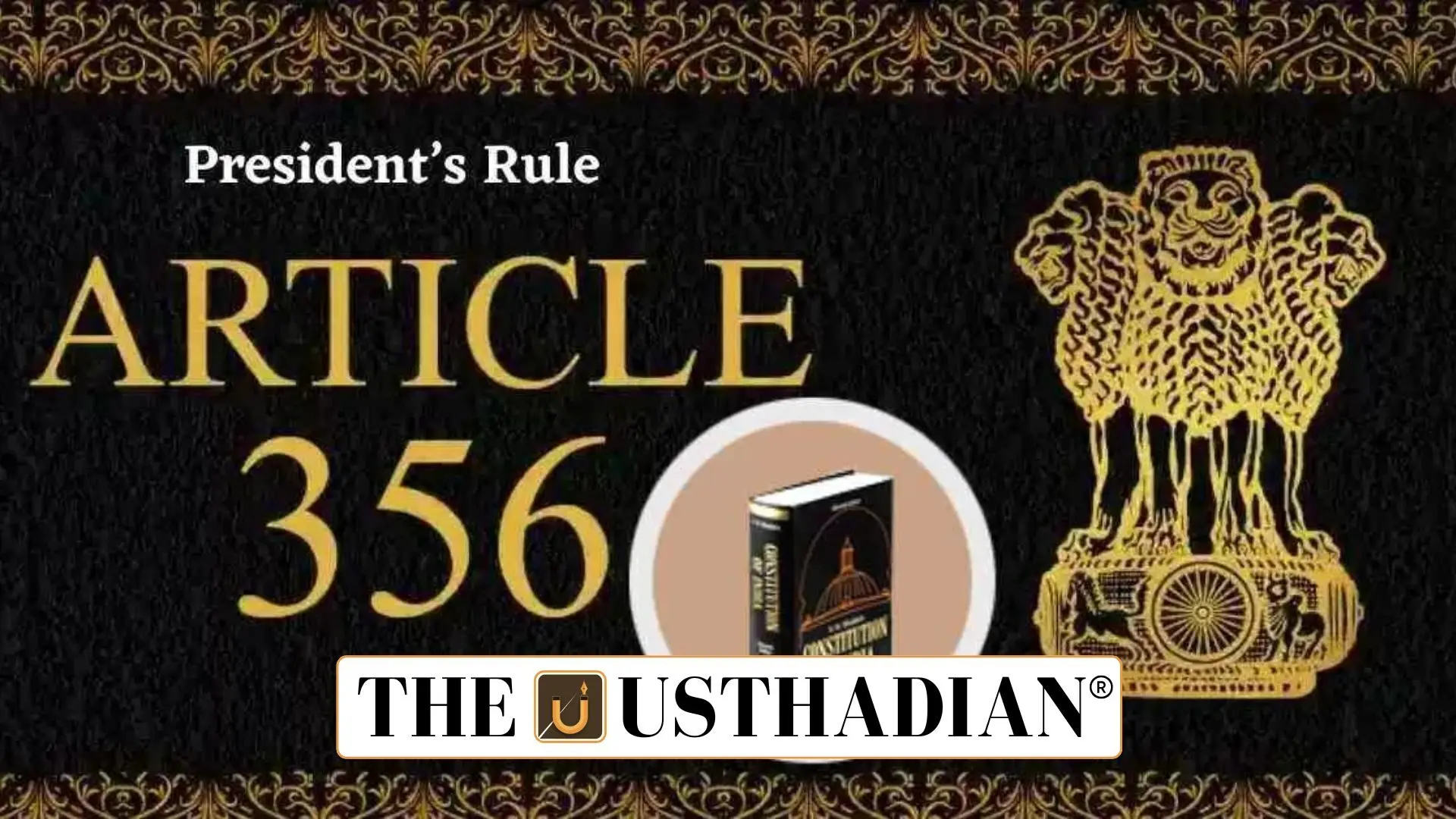What Triggered the President’s Rule in Manipur?
President’s Rule in Manipur: A Constitutional Reset Amidst Conflict: The Centre imposed President’s Rule in Manipur under Article 356 following the resignation of the state’s Chief Minister, amidst prolonged ethnic tensions. This step included suspending the state legislative assembly and placing the region under direct central control to address the administrative vacuum and restore order.
How President’s Rule Can Restore Order in Manipur?
President’s Rule brings in a neutral administration, removing political bias in managing the Kuki-Zo and Meitei conflict. With central forces reporting to the Governor, it aims to stabilise law and order and rehabilitate over 60,000 displaced persons who have remained in camps for nearly two years due to ongoing violence.
What Is President’s Rule?
President’s Rule is the suspension of a state government when it fails to function constitutionally, enforced under Article 356 of the Indian Constitution. The Centre then steps in through the Governor, who runs the state with help from civil administrators and without an elected government in place.
Procedure and Duration of President’s Rule
The proclamation must be approved by Parliament within two months and can initially last six months. It may be extended up to three years, but only under special conditions like a National Emergency or Election Commission certification. Beyond three years, a constitutional amendment is required for further extension.
Impact of President’s Rule on Governance
During President’s Rule, the President takes executive powers of the state, and legislative powers shift to Parliament or delegated authorities. State finances are controlled by the Centre, which can authorize spending from the State Consolidated Fund until Parliament approves it. This ensures continuity in governance.
What Has the Supreme Court Said About Article 356?
In the SR Bommai case (1994), the Supreme Court ruled that dismissal of a state government must pass a floor test, not be solely based on the Governor’s report. Other rulings, like the Rameshwar Prasad case, warned against misuse of Article 356 for political manipulation, reinforcing constitutional limits.
Commissions and Their Recommendations
The Sarkaria Commission (1987) urged that Article 356 be used sparingly and only as a last resort. The Punchhi Commission (2010) proposed localized emergencies in districts. The NCRWC (2000) supported retaining the article but called for detailed reporting and pre-warning protocols to protect federalism.
Conclusion
Imposing President’s Rule in Manipur is a decisive constitutional step to end unrest and re-establish democratic governance. However, judicial verdicts and expert commissions remind us that it should be a last constitutional remedy, used with caution and transparency, not as a routine political solution.
Static GK Snapshot: President’s Rule and Related Constitutional Facts
| Topic | Details |
| Article for President’s Rule | Article 356 of the Indian Constitution |
| Related Article | Article 355 (Centre’s duty to protect states) |
| President’s Rule Duration | Initially 6 months, extendable up to 3 years |
| Landmark Case | SR Bommai v. Union of India (1994) |
| Approval Requirement | Simple majority in both Houses of Parliament |
| Longest President’s Rule | Punjab (1987–1992, extended via 67th and 68th Amendments) |
| First Use of Article 356 | Punjab, 1951 |
| Key Commissions | Sarkaria (1987), Punchhi (2010), NCRWC (2000) |
| Manipur Capital | Imphal |
| Governor of Manipur (2025) | Anusuiya Uikey |








